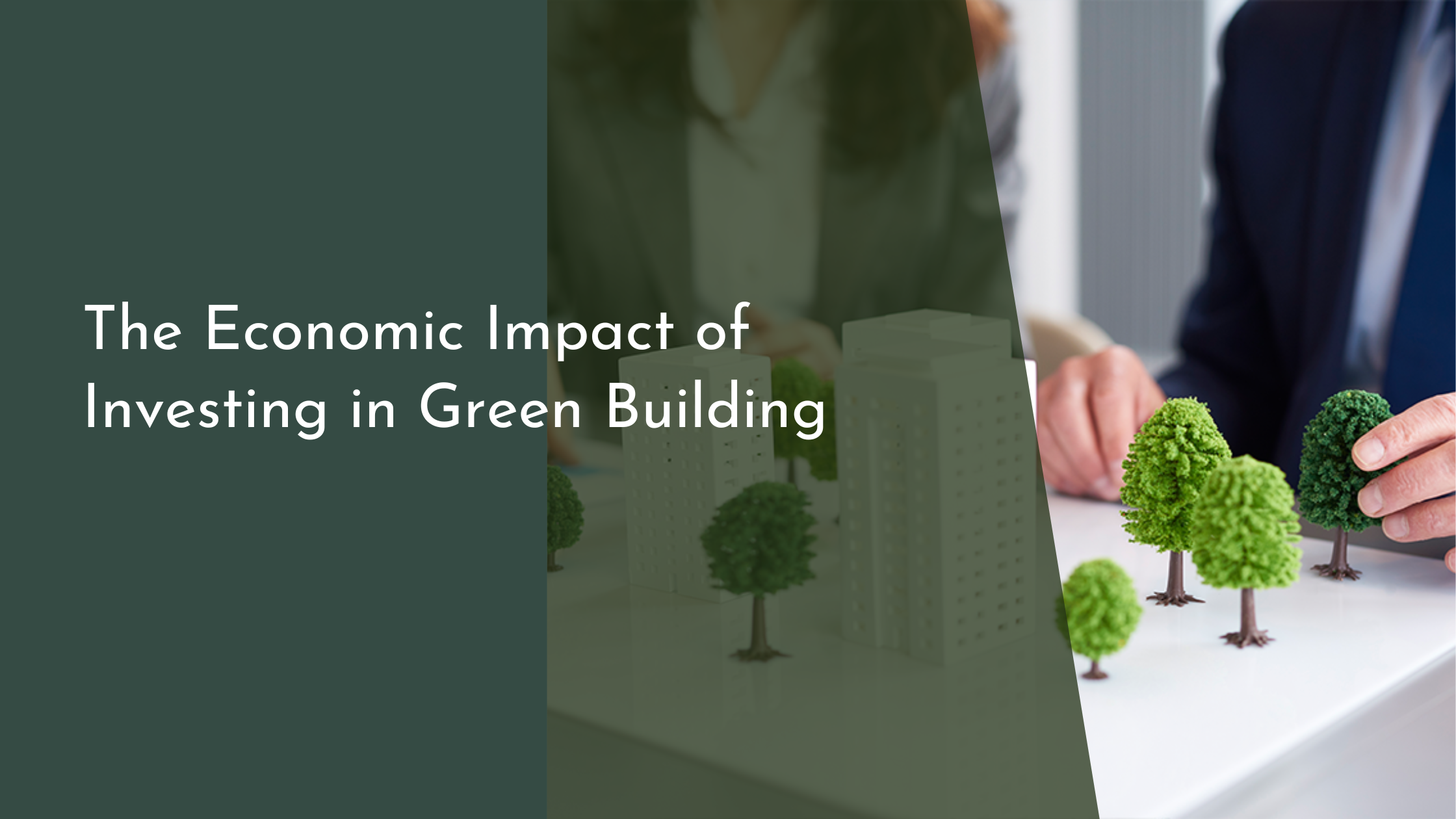The Economic Impact of Investing in Green Building
In recent years, the concept of green building has gained significant traction as countries and businesses worldwide seek to address climate change and promote sustainability. This approach to construction not only benefits the environment but also offers substantial economic advantages. In this article, we will explore the principles of green building, the financial benefits of eco-friendly investments, the market trends driving green construction, and conclude with a vision for a sustainable future.
Understanding Green Building Principles
Green building principles revolve around creating structures that are environmentally responsible and resource-efficient throughout their lifecycle—from siting to design, construction, operation, maintenance, renovation, and deconstruction. These principles focus on reducing the environmental impact of buildings, enhancing the health and productivity of their occupants, and making efficient use of energy, water, and other resources. Key strategies include using sustainable building materials, optimizing energy performance through efficient HVAC systems and renewable energy sources like solar panels, and implementing water-saving technologies.
Additionally, green building incorporates smart design strategies that take advantage of natural light and ventilation, reducing dependency on artificial lighting and air conditioning. This not only lowers energy costs but also improves the quality of indoor environments. Another critical aspect is the use of sustainable materials, such as recycled or locally sourced products that have a lesser environmental footprint. These practices not only help preserve natural resources but also promote the development of a sustainable supply chain, supporting local economies and reducing carbon emissions associated with transportation.
Financial Benefits of Eco-Friendly Investments
Investing in green buildings can yield substantial financial benefits for developers, investors, and occupants alike. One of the most significant advantages is the reduction in operating costs, particularly energy and water expenses. Green buildings typically consume less energy due to efficient design and technologies, which translates to lower utility bills. This is not only beneficial for building owners but also adds value to the property, as potential buyers and tenants often look for energy-efficient homes and offices that promise reduced costs over time.
Moreover, green buildings tend to have a higher resale value and attract premium rents, as environmentally conscious tenants are willing to pay more for sustainable living or working environments. Financial incentives and tax breaks offered by governments for adopting green technologies further enhance the economic viability of such investments. Additionally, green buildings often experience lower vacancy rates and increased occupancy, as they appeal to a growing demographic of eco-conscious individuals and businesses. These financial advantages make green building a strategically sound investment, both in the short and long term.
Market Trends Driving Green Construction
The market for green construction is expanding rapidly, driven by a combination of regulatory measures, consumer demand, and innovative technologies. Governments around the world are implementing stricter environmental regulations and setting ambitious targets for reducing carbon emissions, encouraging the adoption of green building practices. Additionally, certification programs like LEED (Leadership in Energy and Environmental Design) and BREEAM (Building Research Establishment Environmental Assessment Method) have gained prominence, providing a standardized framework for assessing the sustainability of buildings and motivating developers to seek certification for their projects.
Consumer demand plays a vital role in driving green construction as people become more aware of the environmental impact of their choices. The younger generation, in particular, prioritizes sustainability and is more likely to support businesses and products that align with their values. This shift in consumer behavior has prompted many companies to adopt green building practices to enhance their brand reputation and appeal to a broader customer base. Furthermore, advancements in technology have made it easier and more cost-effective to implement sustainable building solutions, such as smart home systems and eco-friendly construction materials, paving the way for widespread adoption.
Conclusion: Building a Sustainable Future
As the world grapples with the challenges of climate change and resource depletion, green building emerges as a pivotal solution that addresses both environmental and economic concerns. By embracing sustainable construction practices, we can significantly reduce the carbon footprint of our built environment and create healthier, more efficient spaces for living and working. The economic incentives associated with green building, including reduced operating costs, increased property value, and government incentives, further underscore its potential to drive positive change in the construction industry.
Looking ahead, the future of building is undeniably green. As market trends continue to favor eco-friendly developments and technology makes sustainable practices more accessible, the transition to green building becomes not just a possibility but a necessity. By investing in green construction today, we are not only contributing to a sustainable future but also ensuring a prosperous economic landscape for generations to come. It’s an exciting time for innovation and growth, as the global community comes together to build a better, greener tomorrow.

